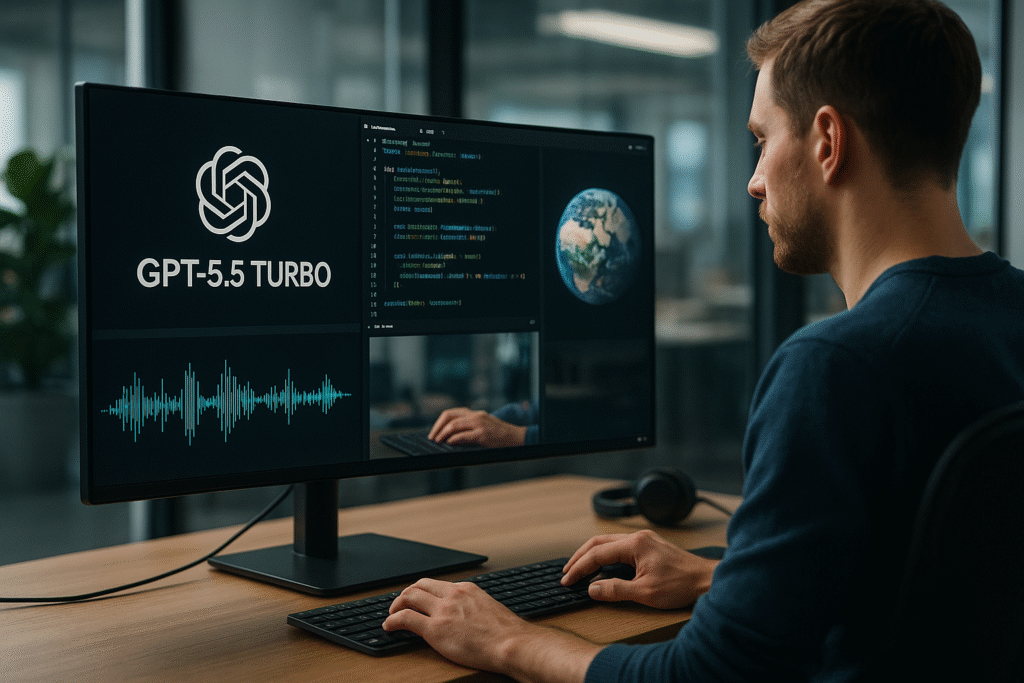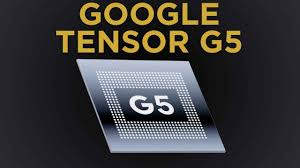July 6, 2025, San Francisco OpenAI has officially launched GPT-5.5 Turbo, the latest iteration of its flagship large language model. The update introduces major improvements across vision recognition, real-time audio interaction, and code generation, according to an announcement on the company’s official blog today.
What’s New in GPT-5.5 Turbo
- Vision upgrades: Better analysis of charts, infographics, and documents with complex layouts
- Audio comprehension: Real-time speech transcription and response with reduced latency
- Faster code generation: IDE-level support for Python, JavaScript, Rust, and TypeScript
- Context memory: Retains user preferences and project context across sessions
The company says GPT-5.5 Turbo has been optimized for both personal productivity and enterprise-grade deployments, making it ideal for customer support, development, and creative applications.
Performance Benchmarks
In internal tests, GPT-5.5 Turbo delivered 35% faster response times and 18% more accurate answers in multi-turn conversations compared to GPT-4. It also demonstrated a 2.2x improvement in handling visually rich documents such as PDFs and screenshots.
OpenAI says the model can now process and summarize video frames, though full video generation remains in beta under the Sora project.
Developer and Enterprise Rollout
The API version of GPT-5.5 Turbo is being deployed across OpenAI’s enterprise partners, including Salesforce, Notion, and Duolingo. GitHub Copilot has already integrated the new model into its pair programming interface.
“This update bridges the gap between human-speed dialogue and multi-modal reasoning,” said Mira Altman, VP of Product at OpenAI. “We’re enabling users to move between code, images, and audio seamlessly.”
Privacy, Guardrails, and Regulation
With new capabilities come heightened concerns about misuse. OpenAI confirmed that GPT-5.5 Turbo includes enhanced moderation layers and red-teaming filters to minimize hallucinations, deepfake misuse, and copyright abuse.
The model complies with current AI transparency laws in the EU and California, and it now includes a “citation mode” in early testing for factual responses.





Somebody essentially help to make significantly articles Id state This is the first time I frequented your web page and up to now I surprised with the research you made to make this actual post incredible Fantastic job